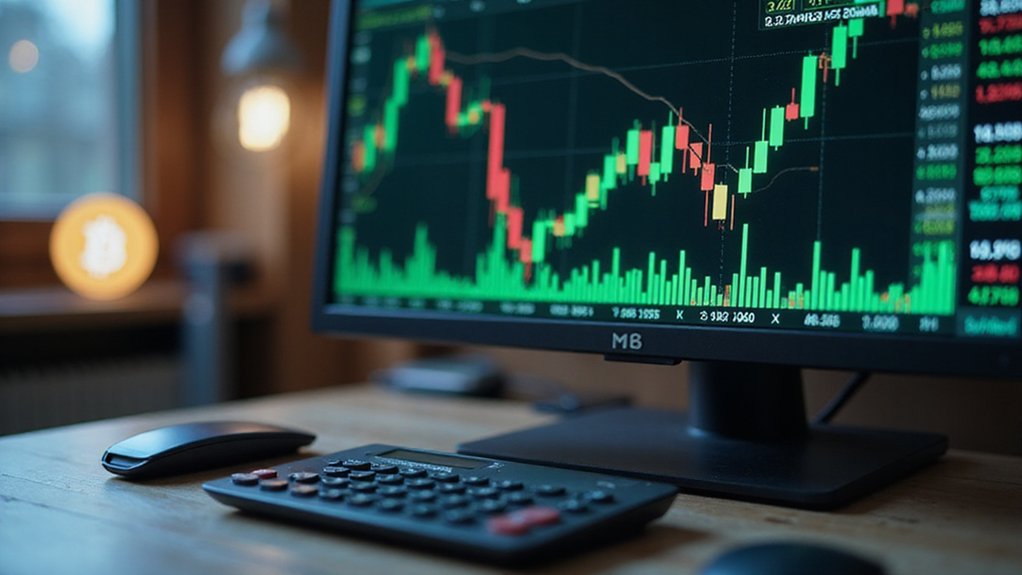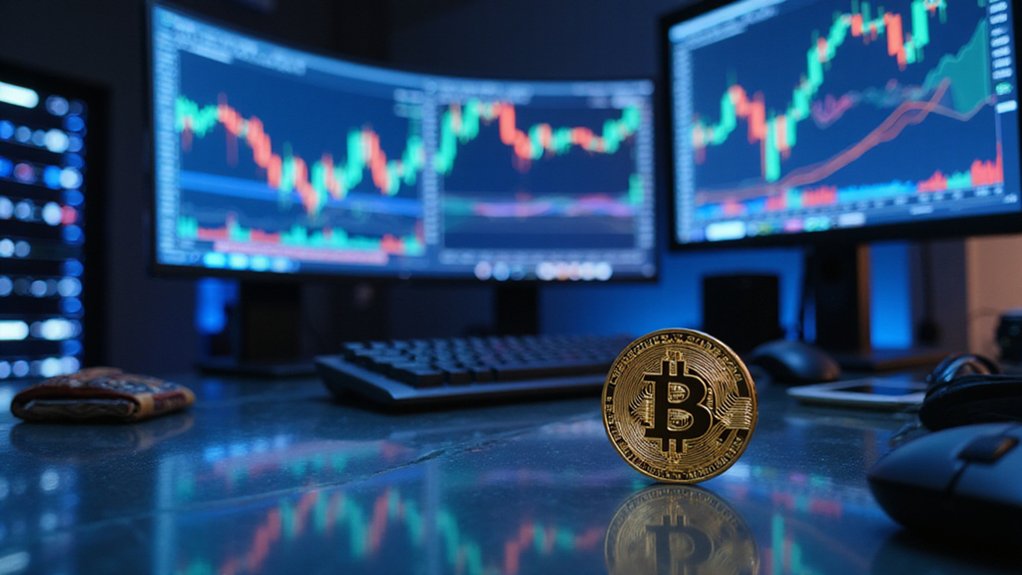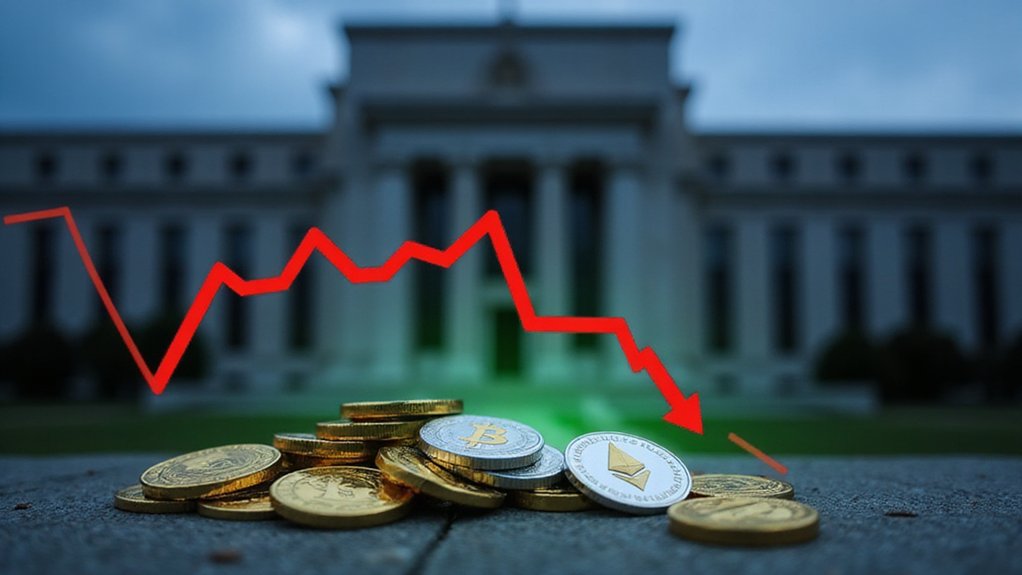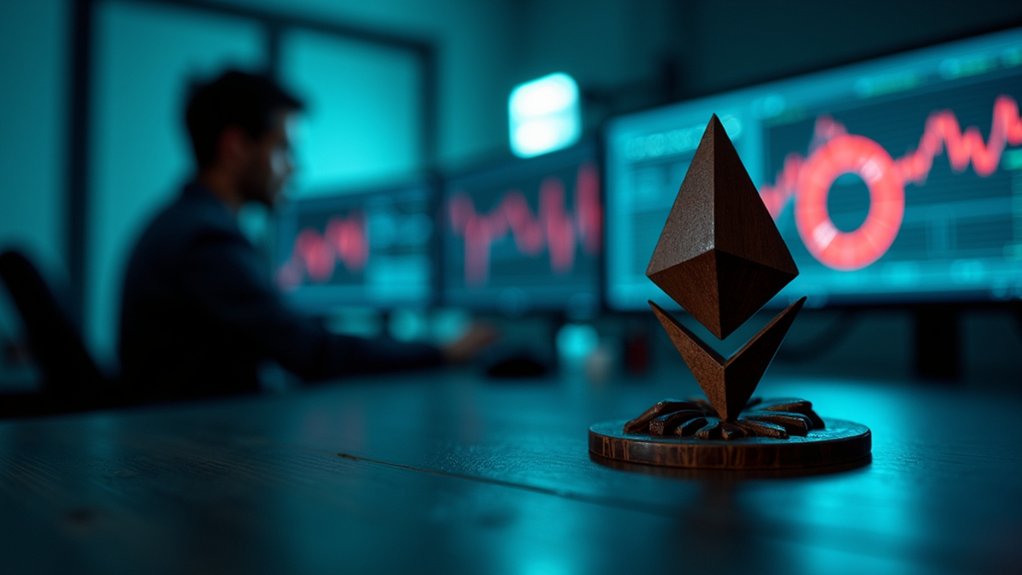Market capitalization is calculated by multiplying a company's current share price by its total number of outstanding shares. For example, if a company has 10 million shares trading at $50 each, its market cap equals $500 million. This metric serves as a key indicator of a company's size and value in the financial markets. Share price information can be found on financial websites, while outstanding share counts appear in quarterly or annual reports. Further analysis reveals important categorization implications for investors.
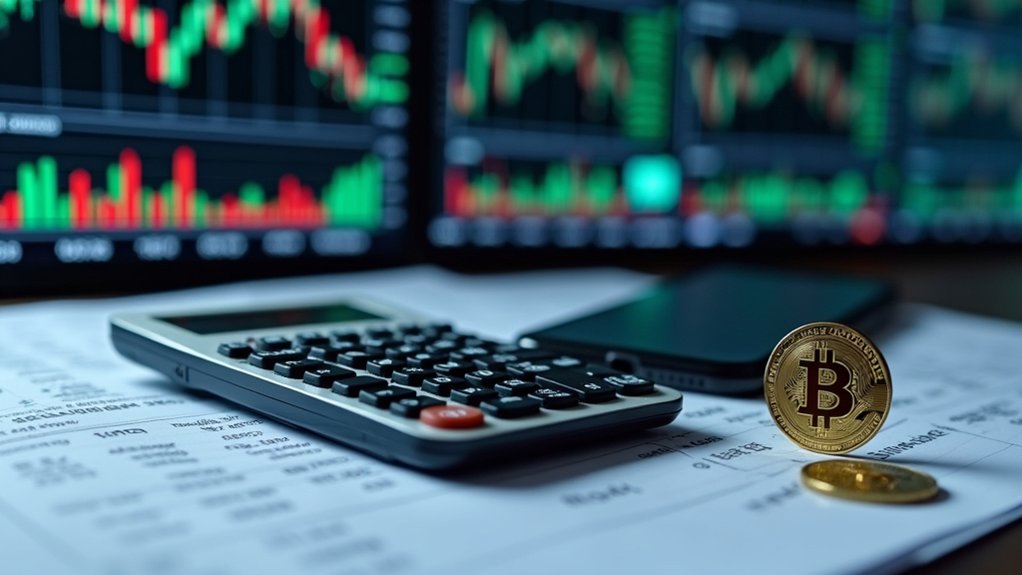
Market capitalization stands as the fundamental metric for measuring a company's total value in the stock market. Often referred to as "market cap," this calculation provides investors with a straightforward assessment of a company's size and perceived worth. The formula for determining market capitalization follows a simple arithmetic process: multiply the current share price by the total number of outstanding shares. For example, if a company has 10 million shares outstanding and each share trades at $50, the market capitalization equals $500 million.
Market cap offers investors a clear snapshot of a company's size and value through a simple calculation of price times shares.
The components required for this calculation are readily available to investors. The current stock price can be obtained from any financial website or trading platform, typically using the most recent closing price. The number of outstanding shares is documented in a company's quarterly or annual financial statements, specifically on the balance sheet. Some calculations use total diluted shares instead of basic outstanding shares to account for potential dilution from options and convertible securities. Market cap is a dynamic metric that can change rapidly due to stock price fluctuations or changes in outstanding shares.
It's important to note that outstanding shares include all issued shares but exclude treasury shares that have been repurchased by the company itself.
Market capitalization serves as the basis for categorizing companies by size. Large-cap companies possess market values exceeding $10 billion, mid-cap firms range between $2 billion and $10 billion, and small-cap enterprises typically fall between $300 million and $2 billion. Companies valued below $300 million are classified as micro-caps, while some exceptionally valuable corporations exceeding $200 billion may earn the designation of mega-caps.
Investors rely on market capitalization for various purposes beyond simple classification. This metric influences index inclusion criteria, with major indices like the S&P 500 establishing minimum market cap requirements.
"Market capitalization provides a standardized method for comparing companies across different industries and regions," notes a representative from a leading financial analysis firm. Additionally, market cap helps investors assess potential volatility, as smaller-cap stocks generally exhibit greater price fluctuations than their large-cap counterparts.
Despite its widespread use, market capitalization has notable limitations. It fails to account for a company's debt level or cash reserves, potentially overstating or understating a firm's true value.
Market speculation can artificially inflate market caps during bubbles, while industry-specific factors may not be reflected in this single metric. For more comprehensive valuation, investors often supplement market capitalization with alternative metrics such as Enterprise Value, which incorporates debt and cash positions, or various ratio analyses comparing market value to earnings, book value, or future cash flows.
Frequently Asked Questions
Why Does Market Cap Fluctuate Throughout the Trading Day?
Market capitalization fluctuates throughout the trading day because it's calculated by multiplying a company's current share price by its outstanding shares.
As stock prices change constantly due to supply and demand dynamics, the market cap shifts accordingly. Trading volume, economic data releases, and corporate announcements drive these price movements. High-frequency trading algorithms further contribute to intraday volatility.
Additionally, large block trades can cause sudden price adjustments, especially during opening and closing hours when activity typically increases.
Can Market Cap Predict a Company's Future Stock Performance?
Market capitalization alone cannot reliably predict a company's future stock performance. Research shows mixed results regarding its predictive power.
While small-cap stocks historically outperform large-caps over extended periods, this size effect has diminished in recent decades.
Multiple factors beyond market cap significantly influence stock performance, including earnings growth, competitive positioning, and macroeconomic conditions.
The Fama-French model acknowledges size as one factor affecting returns, but investors should consider fundamental analysis and broader market indicators for more comprehensive performance forecasting.
How Does Market Cap Differ From Enterprise Value?
Market capitalization only represents equity value, calculated by multiplying share price by outstanding shares.
Enterprise value (EV) offers a more comprehensive valuation, incorporating debt and cash positions. While market cap provides a quick size estimate, EV represents the theoretical takeover price of a company.
Market cap is used for stock market classifications, whereas EV is preferred for comparing companies with different debt levels and for acquisition analysis.
EV typically provides a clearer picture for highly indebted companies.
What Happens to Market Cap During Stock Splits?
During stock splits, market capitalization remains theoretically unchanged.
When a company executes a split, the share price decreases proportionally to the split ratio while the number of outstanding shares increases by the same factor.
For example, in a 2-for-1 split, a $100 stock becomes $50 per share, but the number of shares doubles.
This mathematical relationship preserves the total market cap, though post-split dynamics may eventually affect market value due to increased liquidity and broader investor accessibility.
Do Share Buybacks Significantly Impact a Company's Market Capitalization?
Like a gardener pruning excess branches to strengthen a tree, share buybacks trim outstanding shares to redistribute value.
Buybacks initially reduce market capitalization as companies deploy cash to repurchase shares, immediately lowering the firm's total assets. However, the remaining shares often appreciate in value due to improved earnings per share metrics and perceived shareholder-friendly actions.
The net impact varies based on market reaction, buyback size, and subsequent stock price performance. Research indicates large-scale buyback programs can meaningfully alter market capitalization trajectories.
References
- https://www.wallstreetprep.com/knowledge/market-capitalization/
- https://www.stash.com/learn/what-is-market-cap/
- https://www.omnicalculator.com/finance/market-capitalization
- https://www.tikr.com/blog/market-capitalization-definition-formula-and-why-it-matters
- https://www.investopedia.com/terms/m/marketcapitalization.asp
- https://www.bankrate.com/investing/market-capitalization/
- https://www.investopedia.com/investing/market-capitalization-defined/
- https://www.nerdwallet.com/article/investing/what-is-market-cap
- https://www.moomoo.com/us/learn/detail-what-is-market-cap-definition-and-how-to-calculate-116851-230987077
- https://pce-fet.com/common/library/books/51/2590_[Paul_D._Leedy
